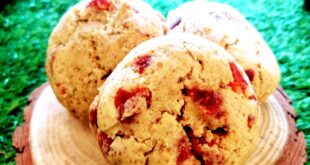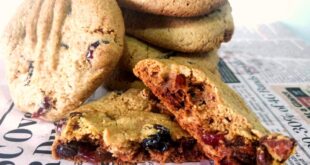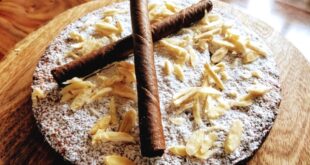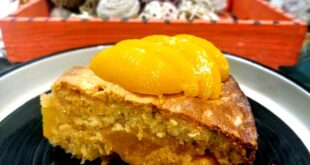I think all Mumbaikars will agree that Mumbai is not Mumbai without South Bombay or SOBO as we call it. That area of Mumbai also called town although famous for many things, hold a special charm for me. Hmm…I know you’ll ask me why.
It is because on Marine Drive is the famous Punjab Kulfiwala. And, kulfi is my favourite. I am not much of an ice-cream or gelato person. I prefer fruit yoghurts or kulfi’s.
Up to 15 years back when the streets of Mumbai were relatively uncluttered with traffic, we could drive down to town in an hour flat from my house and indulge in amazing kulfi. However, the recent years have seen such a spurt in traffic that driving to town has become a nightmare. Sometimes, it takes us as long as 2 – 2 ½ hours to reach.
So now, in order to satiate my kulfi cravings, I make it at home. It is a tedious and time consuming process (I don’t like using the instant mixes or even milkmaid) but I love doing it the traditional way. And, when Alphonso mangoes are in season then I swear my hands move on their own to make this delectable dessert. J
So, this is how I make my…
MANGO KULFI

INGREDIENTS
For the Rabdi
1 litre full cream milk
½ cup sugar (regular, granulated) for making the rabdi (adjust according to taste)
½ tsp cardamom powder
1 tsp milk masala (optional)
Some strands of saffron (optional)
¼ cup of chopped dry fruit (of your choice. I prefer blanched almonds, melon seeds and pistachios)
For the mango pulp
3 ripe and sweet mangoes
6 tsp sugar (approx as the quantity will depend on the sweetness of the mangoes)
¼ cup of cold milk
Note – if I don’t have full cream milk then I add 1 tsp of cornflour to the milk after it boils. Cornflour congeals if heated so in case you are adding then take 1/4th cup of cold milk and dissolve 1 tsp cornflour in that. After it is evenly mixed, pour it into the hot milk and stir well.
If you wish to hasten the thickening of your full cream rabdi then too you can add cornflour but use only ½ tsp. Add it in the same manner as detailed above.
A point to note is that milk in which cornflour has been added tends to stick to the bottom of the pan faster. So, you have to stir it continuously else it will stick to the bottom and burn. That will give your milk a distinctive burnt odour and you can’t use that for the dish. If that happens, I advise you to chuck that batch and start a fresh one.
METHOD
For preparing the rabdi
- In a heavy bottomed pan, bring the milk to boil.
- Add the sugar and continue to boil the milk till it thickens and reduces to ½ its volume. Note – you will notice that layers of fat (cream) will start to appear. With the help of a spatula, keep scraping it off the sides of the pan and add it to the boiling milk). Note – You need to keep stirring your milk every minute or so hence I advise you to undertake this activity only if you have an hour and a half of free time.
- Then add the milk masala and continue reducing the milk.
- Once the milk is 1/3rd of its original volume, you will be left with a thick mixture. If you have ever made Rabdi the traditional way then you will recognize the stage.
- Add the cardamom powder.
- Remove from heat and let the mixture cool.
- Once it is cooled, keep in the fridge in an airtight container.
For preparing the mango pulp
- Peel the mangoes and take out the pulp.
- In a blender add the mango pulp, sugar and milk and churn into a smooth paste. Add more sugar if needed.
- Add the cold rabdi to this mix and churn well in the mixer till you get a smooth, silky mixture. That is your basic mixture done.

- At this point if you wish you can add some dry fruit to the mix. I prefer to add it as a garnish along with some strands of saffron.

- Pour this mixture into kulfi mould or any other container. If possible add a layer of cling film on top and close the container tight. I prefer to add parchment paper and then cover it with a cling film.


- Keep in the freezer for a minimum of 12 hours or more till the kulfi sets completely.
- To serve, un-mould and sprinkle some dry fruits, saffron strands on top before you serve it.

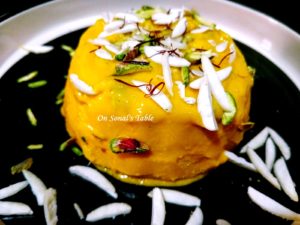
 Sonal Singh On Sonal's Table
Sonal Singh On Sonal's Table

